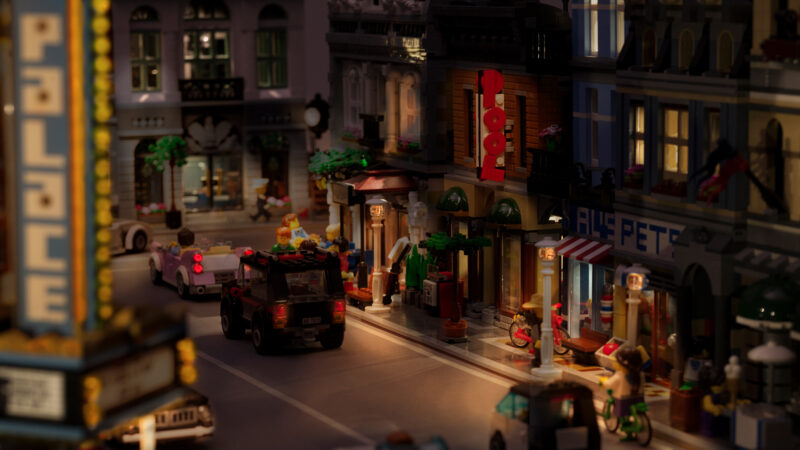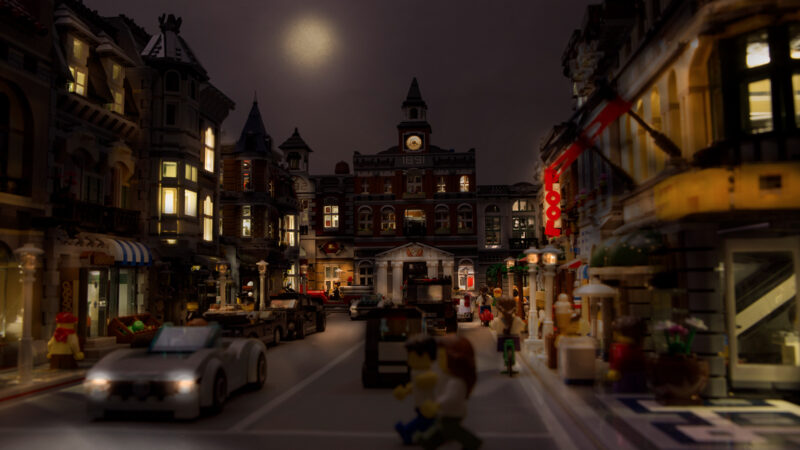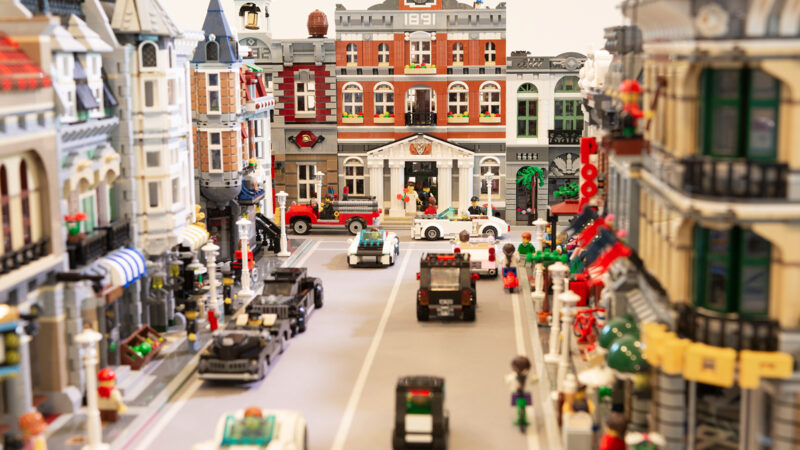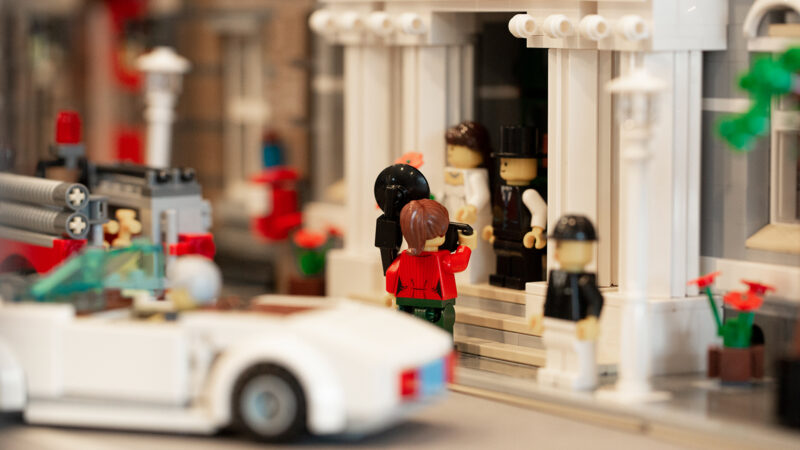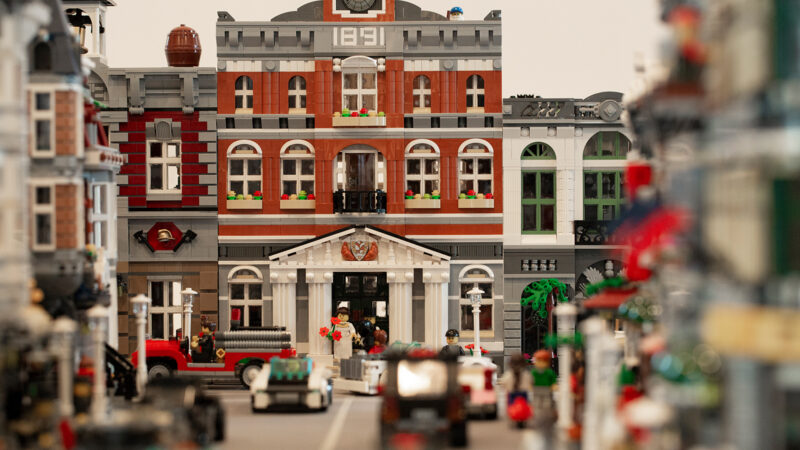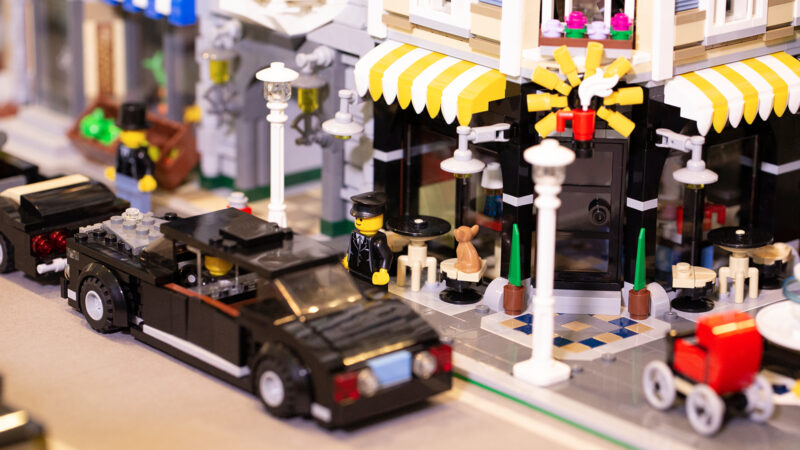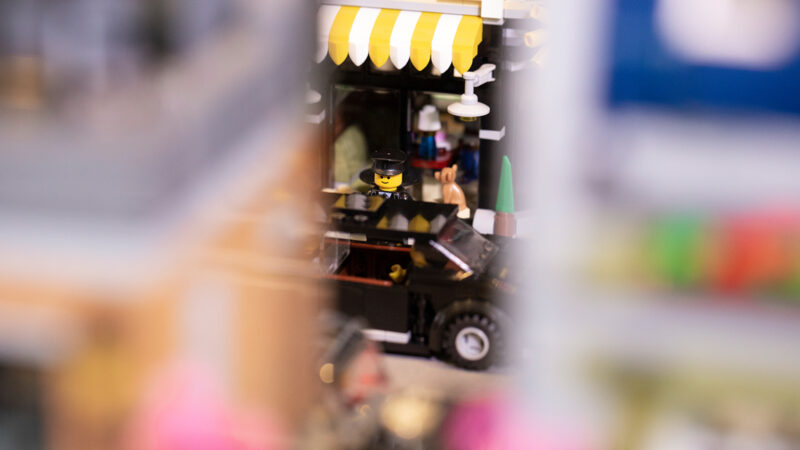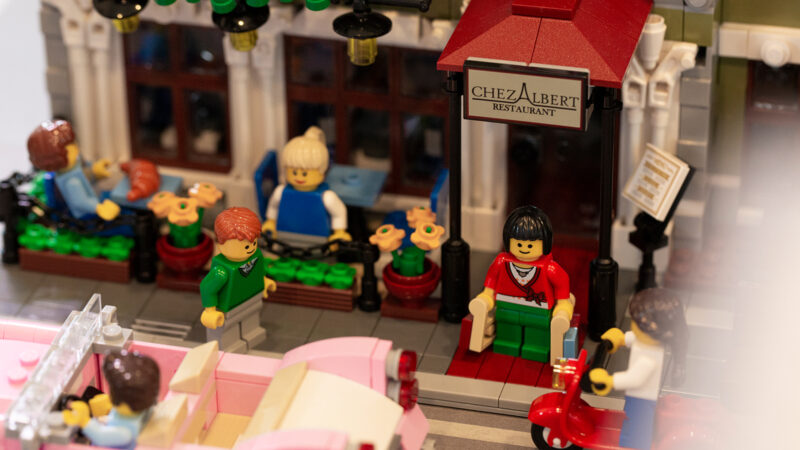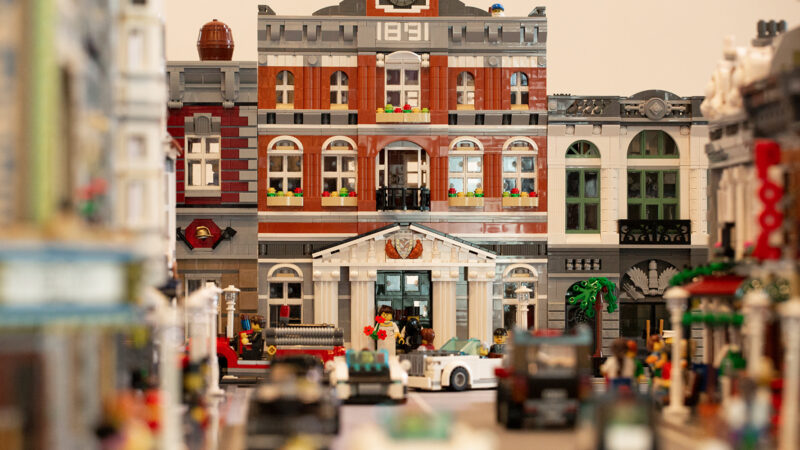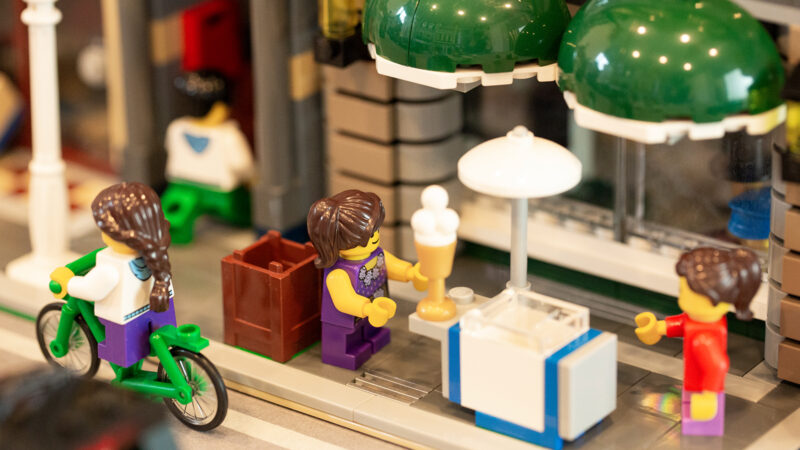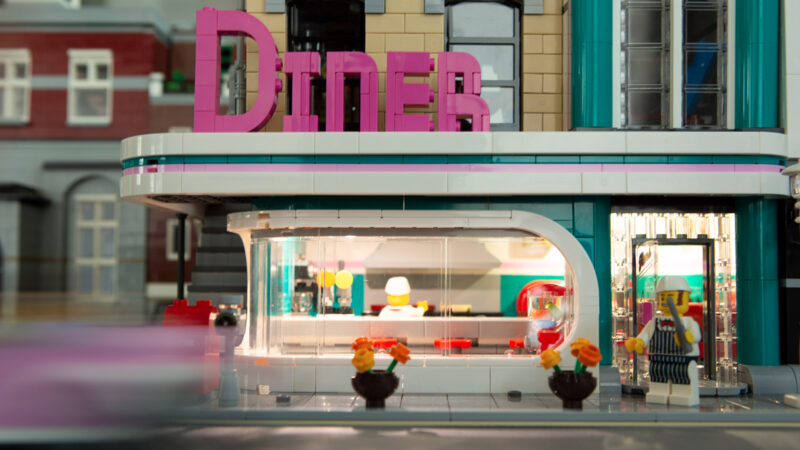For me, LEGOs are more than just a toy. Its universal appeal, at least in my opinion, comes from its relatability, simplicity, and creativity. It’s instantly recognizable, with most people having some kind of positive memory with these tiny plastic bricks. To enjoy these bricks, it only asks one thing from you — a secret ingredient of sorts — and that’s imagination.
Like most people, I started building LEGOs when I was a kid. I think we all become familiar with the feeling or those plastic bricks digging into the edges of our fingers after playing with them for a while. It’s not painful by any means, but your fingers do get weirdly sensitive and numb at the same time. People in the LEGO community fondly call this sensation LEGO fingers. Despite it being a slightly uncomfortable feeling, I think my brain started to associate it as a pleasurable sensation as some of my most fond memories from childhood are with LEGOs — sitting on the floor with a pile of unsorted bricks sprawled around the floor, with most of my time spent looking for the right part rather than building something.
It was the endless possibility of being able to create towns, buildings, cars, trains — a small scale mirror image and a bit of a caricature of the world that we live in. Apart from childhood nostalgia, the fact that we can create a facsimile of our own world on a scale that a child can understand was why LEGOs were so appealing to me.
My favorite LEGO series is the Modular Series. For over 10 years, it’s been a steady seller in the LEGO lineup, catering to a more mature fan base. One of the things that really drew me to it was the fact that it was the ultimate expression of what was possible with LEGO bricks. Its intricate architecture closely mirrors the real world that we occupy, mimicking how our world is designed and built. Each floor is built upon another, with incredible detail and ingenuity. The amount of architectural detail recreated in these sets are incredible – all buildings look like they could be part of a town somewhere in Europe, Brooklyn, and even Miami. They have a sense of belonging and context that no other LEGO set has been able to create before.
It’s the amount of detail and the effort that the designers put into creating it that makes these buildings so special. Take for instance the numbers, or the names that you can create with only bricks. 1891, Diner, Pool, Al’s. Or the ornate columns or the cornices. Each interior also tells a detailed story, whether it’s a barbershop, a bakery with a wedding cake displayed on the window, a pool hall, florist, or even a cat hiding under the stairs.
Assembly Square, a set created to celebrate the tenth anniversary of the modular series, to me, at least, feels like the most celebrated set of the modular series. It’s 50% larger than previous sets, with an incredible amount of detail, both inside and out. From the fountain outside to the detailed interiors, it’s on a level that we’ve never seen before. More than it’s larger scale, the individual buildings and floors relate to one another in an intimate way that’s unique to this set. Each floor, and each room within that floor tells an intricate individual story while still being part of the same set.
One of the latest sets in the series is the Downtown Diner, which breaks from tradition a bit by adding a completely unique aesthetic. It has a decidedly more art deco vibe to it, from the colors to the architecture itself. It also breaks from tradition with its minifigures as well — traditionally, the previous sets have been conscious about deliberately only including typical LEGO faces — the two dots and a smile look — but this set includes more expressive faces than other LEGO sets have been featuring. Colors are more vibrant, and the architecture itself is deliberately distinct, but that sense of diversity is also what makes this set come alive.
Since then, LEGO has been more experimental with their modular buildings, following the Downtown Diner with the Corner Garage and the Bookshop. The Corner Garage is a welcome addition to the lineup, as it integrates vehicles into the series naturally. It’s also nice to see that they added another corner piece of the collection. The Bookshop is a bit more traditional, as it goes back to the early days of the modular series featuring a classic architecture.
However, the strength of the modular series isn’t with the individual sets, but what it represents as a whole. When all of these sets, or modules, come together, the end result is pretty magical. It allows your imagination to run wild and forces your eyes to come down to the level occupied by these tiny minifigures, while your brain tries to adjust to the small scale. When populated with vehicles, minifigures, the whole streetscape comes alive, with you becoming a mere bystander in a diverse world that’s bustling with life.

Unfortunately I’m no longer a child who can chase after fairy tales. I’ve come to face the realities of adulthood, with responsibilities and the weight of life itself. But my journey to find happiness continues, even if it means replicating life at a smaller scale with plastic bricks.


